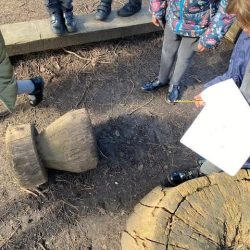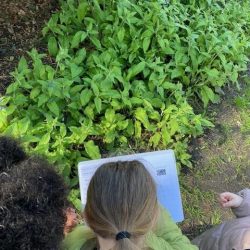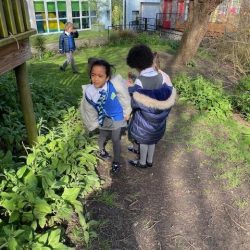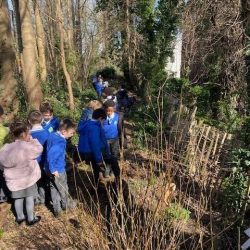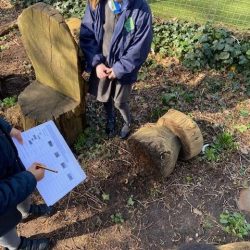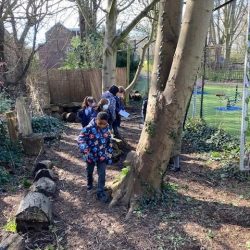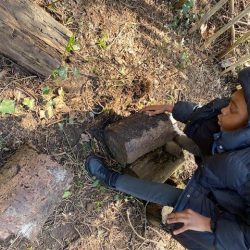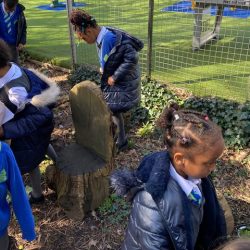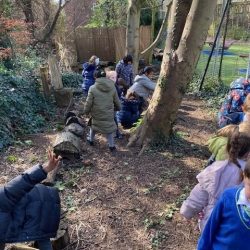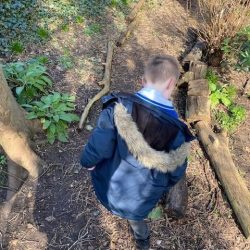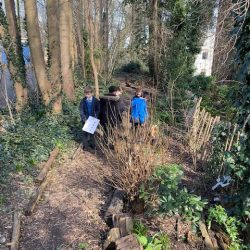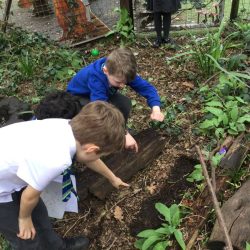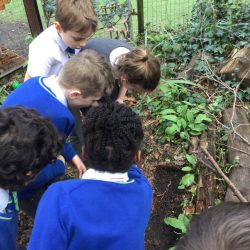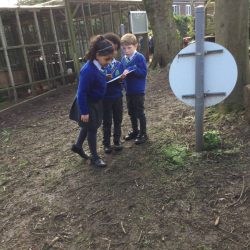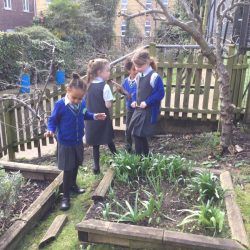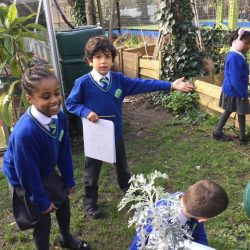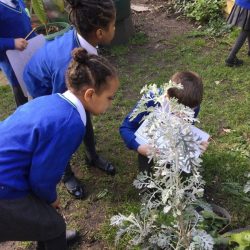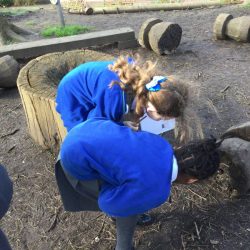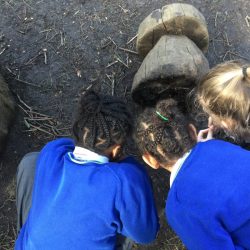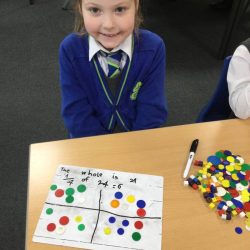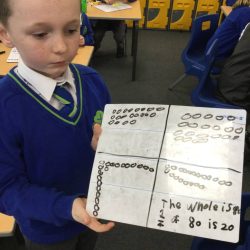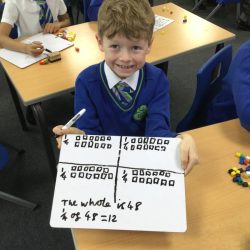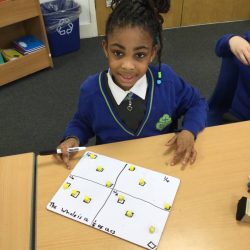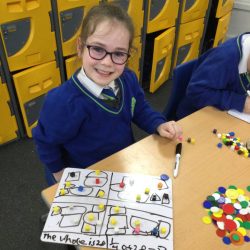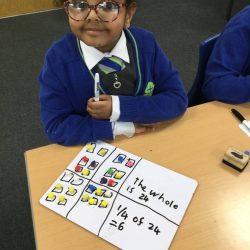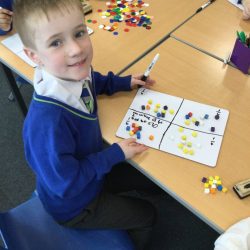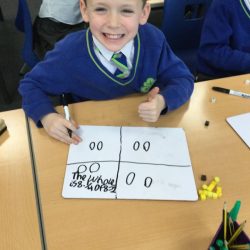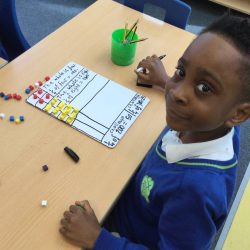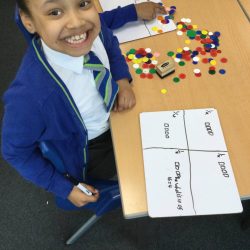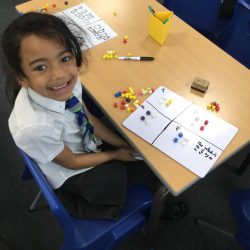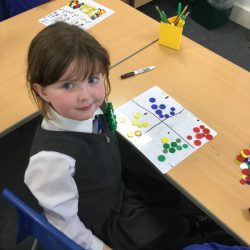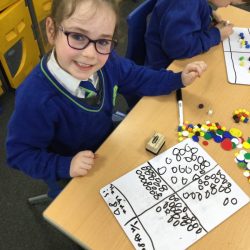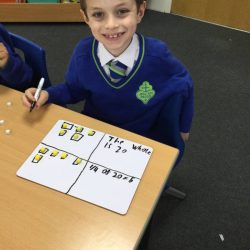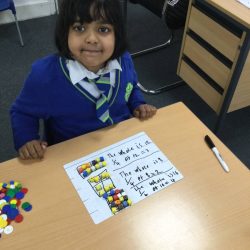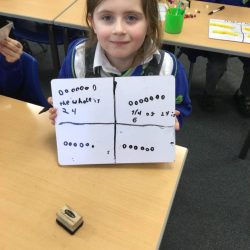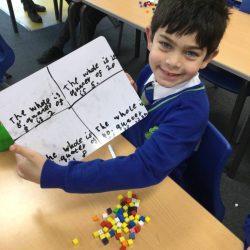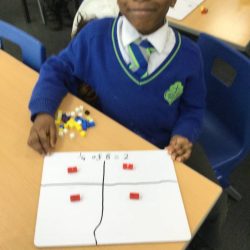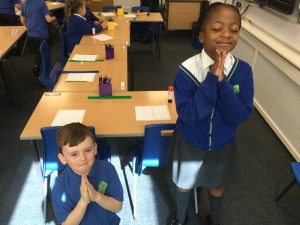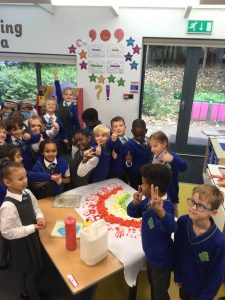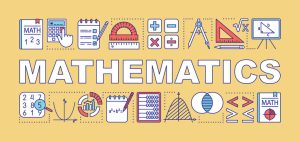As part of British Science Week 2024, the children in Year 2 learned about habitats, microhabitats and how they change over time. ‘Time’ is this year’s theme and pupils were able to confidently talk about how the changing of the seasons as well as night and day may affect habitats and the creatures found there. They also know that a habitat is a large area where a living thing can live because it has all the things it needs to survive such as food, water and shelter.
Additionally, the children also learned that a microhabitat is a smaller, special version of a habitat where living things such as ants, caterpillars, woodlice, worms and spiders live. Examples of microhabitats include piles of leaves, a patch of grass, a fallen log, loose rocks and even the cracks in a pavement.
Afterwards, the children had an opportunity to explore the school grounds to search for minibeasts in their microhabitats. They managed to find a lot, especially in the woodland area. The most common was minibeast was woodlice… many of these were hiding underneath the wooden stools near the treehouse. Some children also found worms wriggling around as well as ants and spiders crawling all over the place.
In Maths this week, the children have started learning about fractions. Having just finished their work on division, they are now trying to relate that knowledge to understand fractions of amounts. They explored finding 1/2 and 1/4 of different numbers. Some children even challenged themselves to find 3/4 which was quite tricky, but through the use of manipulatives, they found it much easier to visualise and calculate by dividing their whiteboards into four sections. Well done Year 2!

